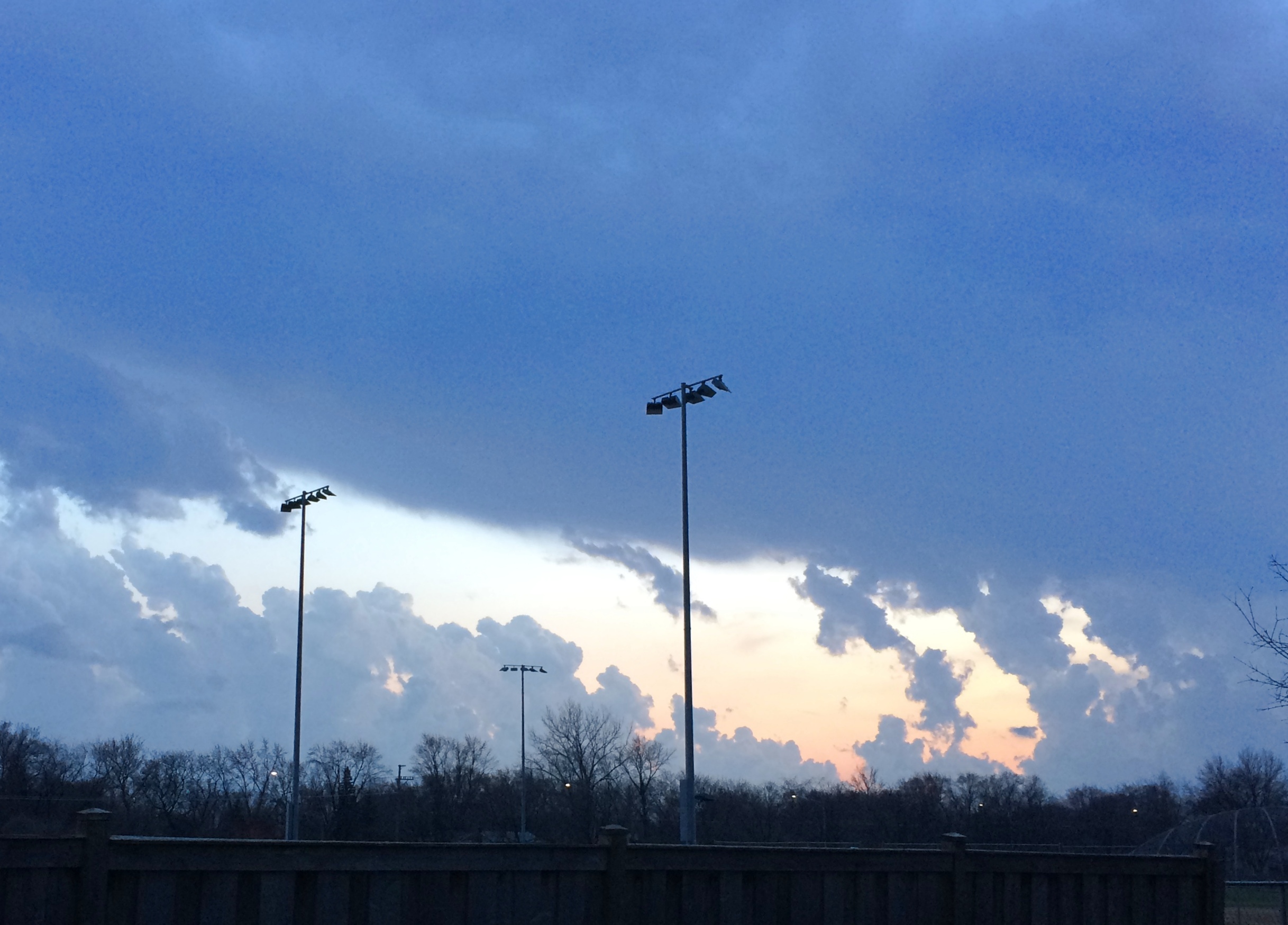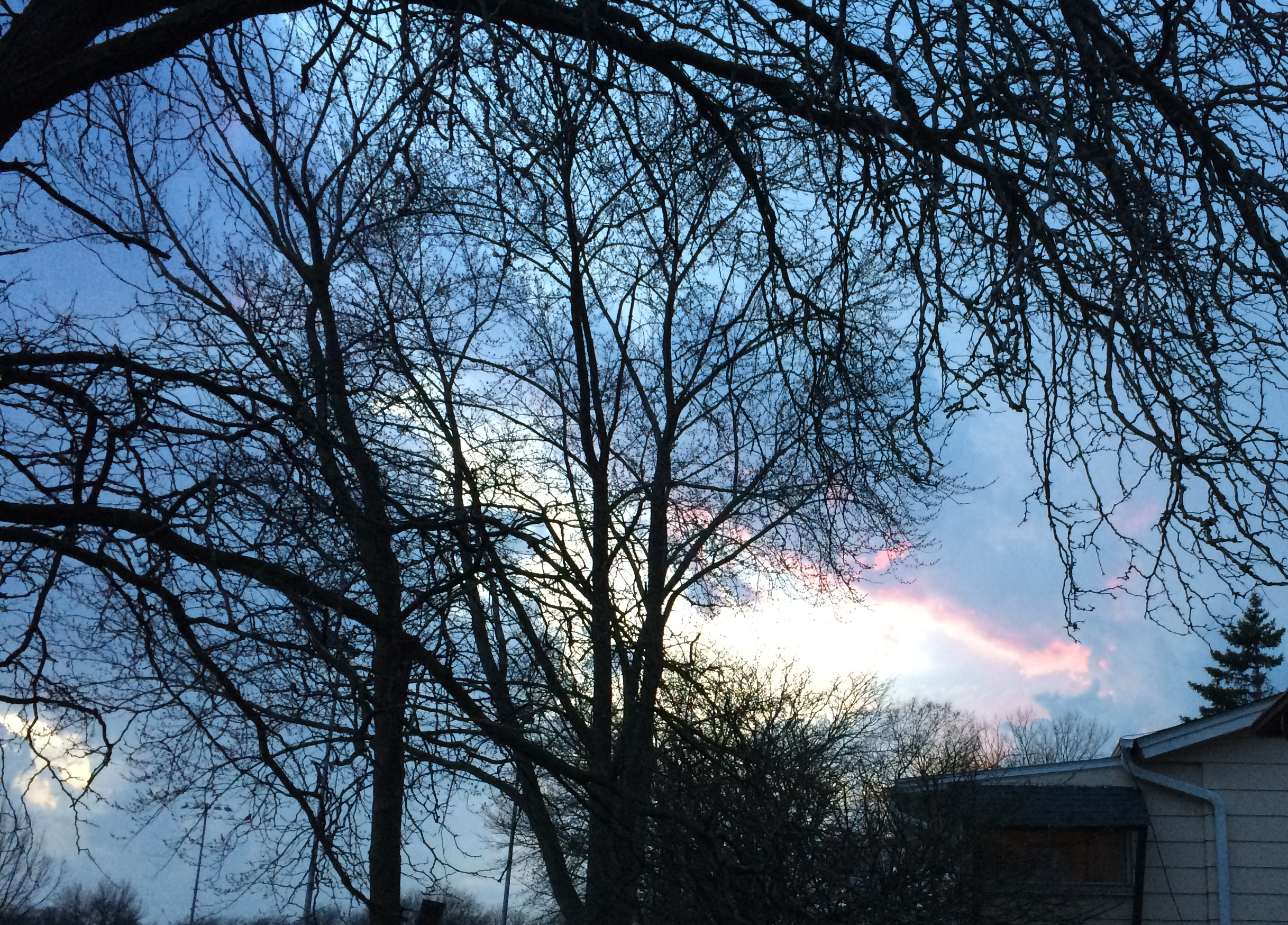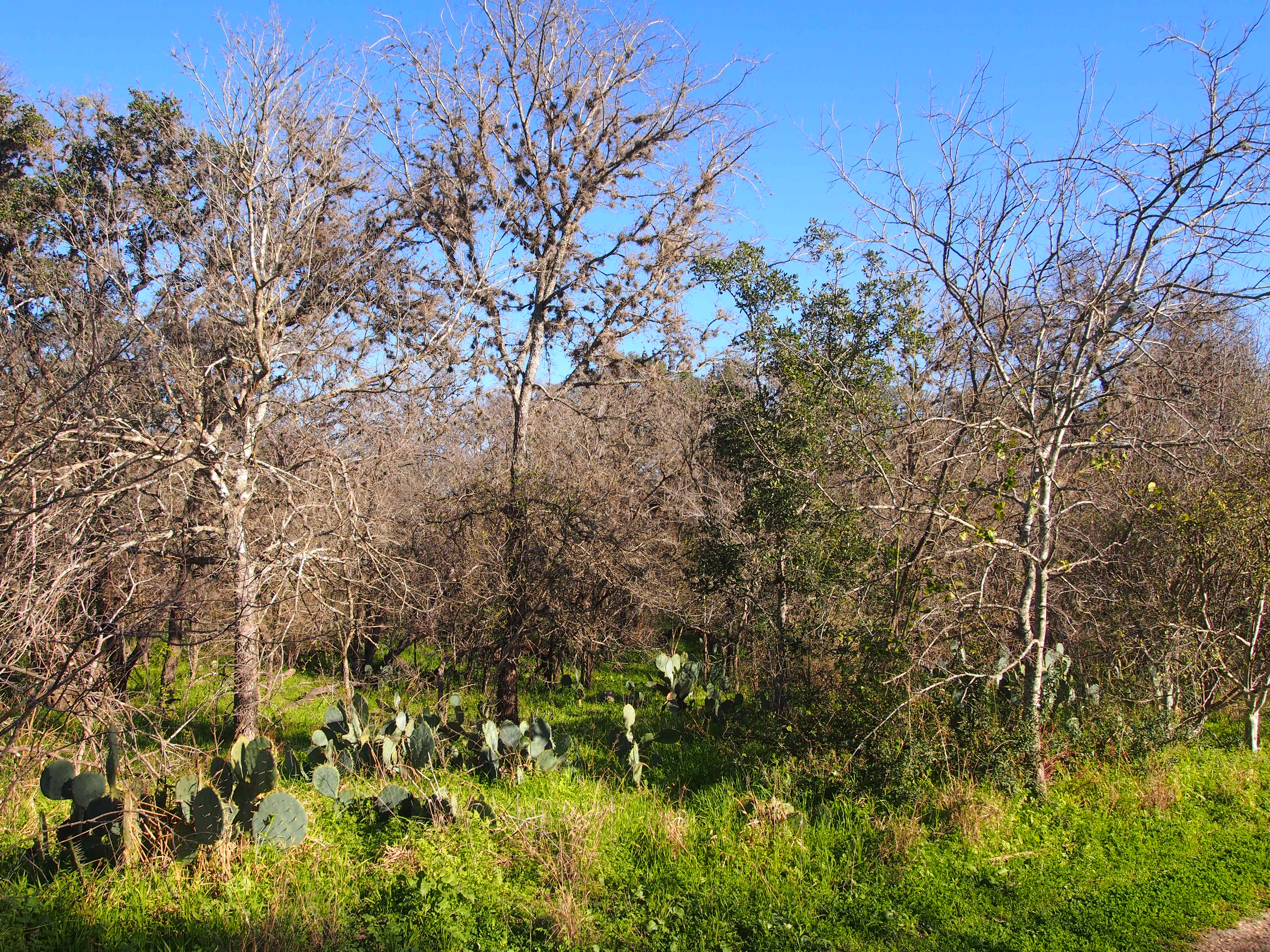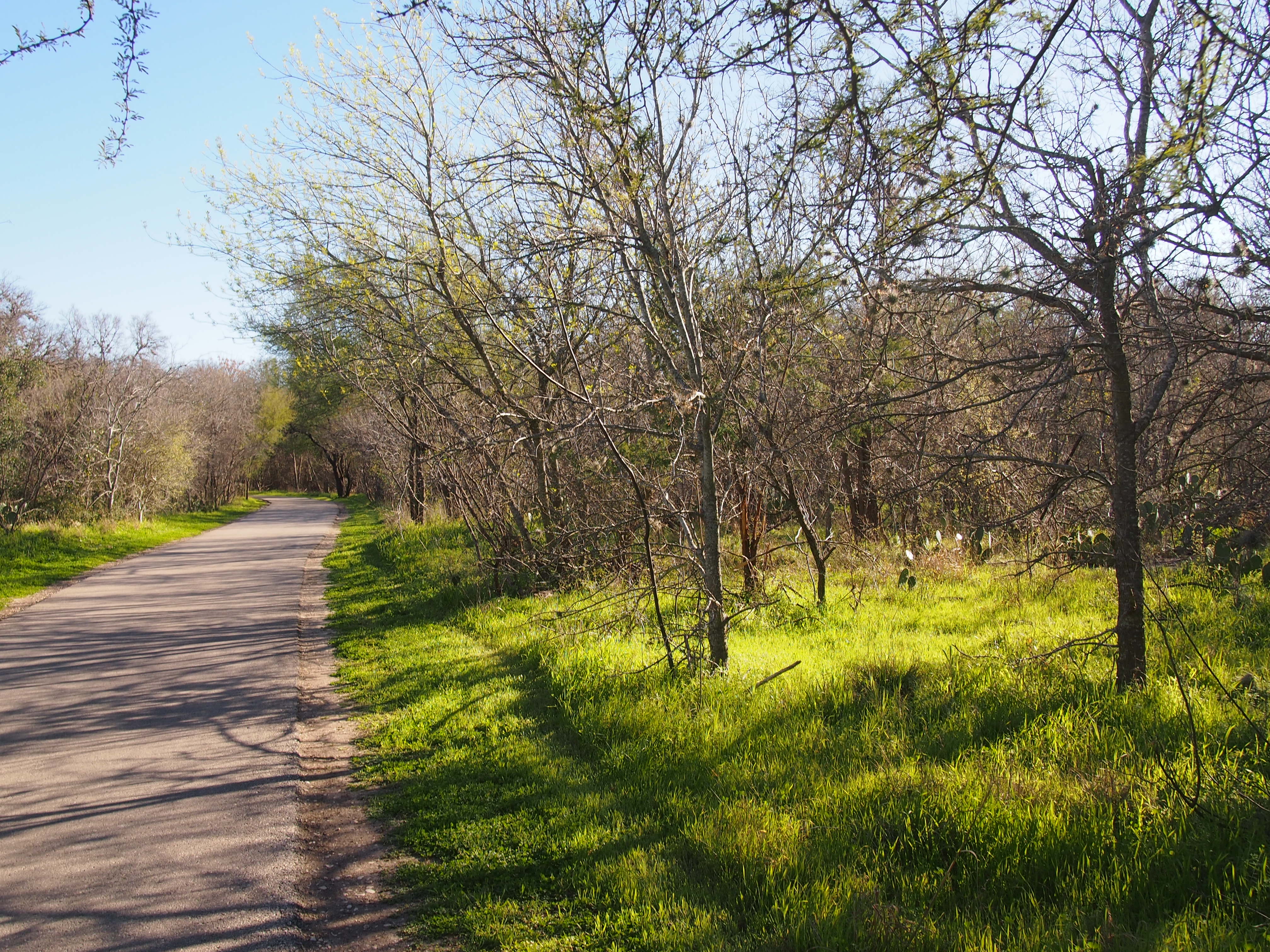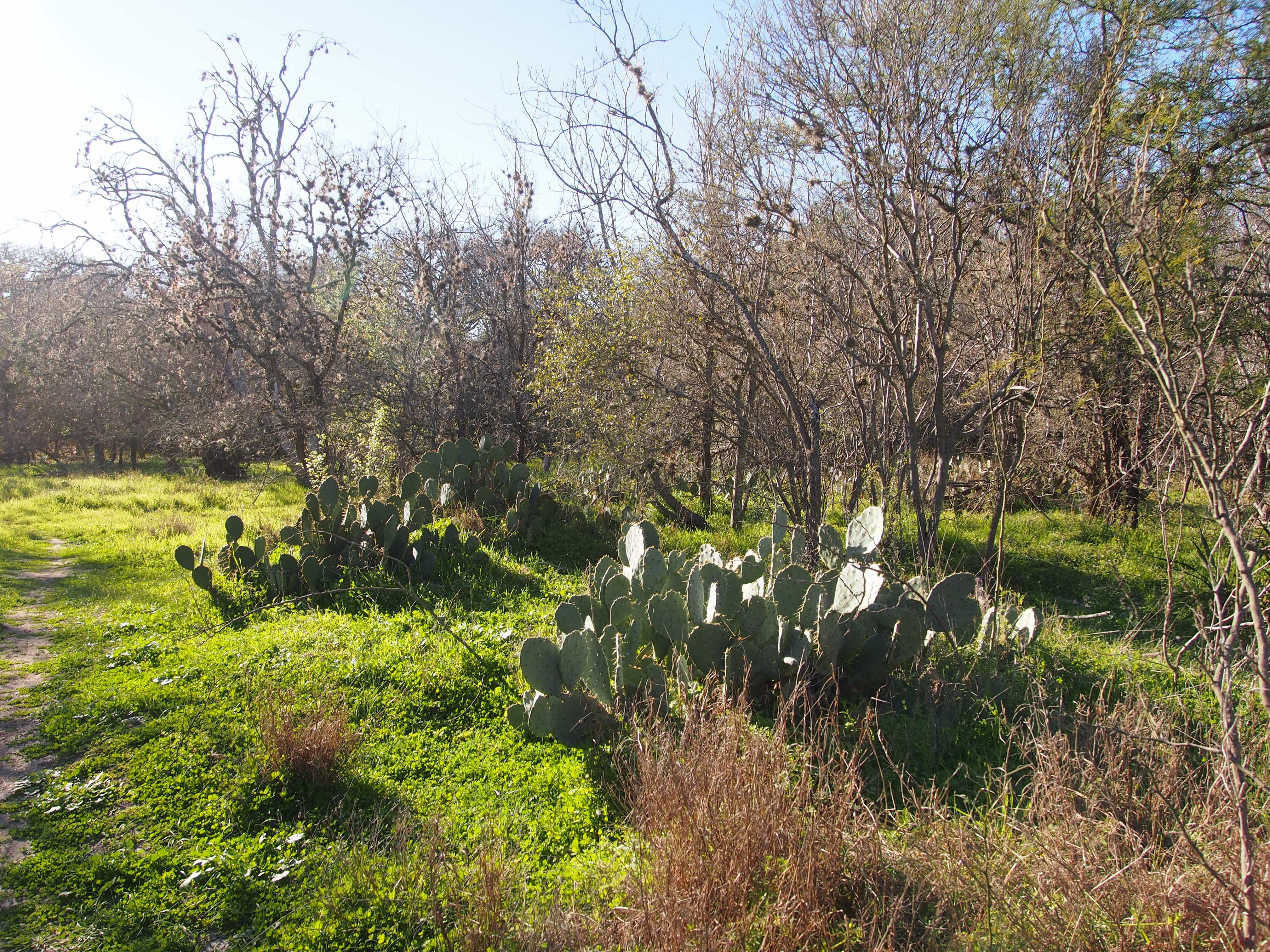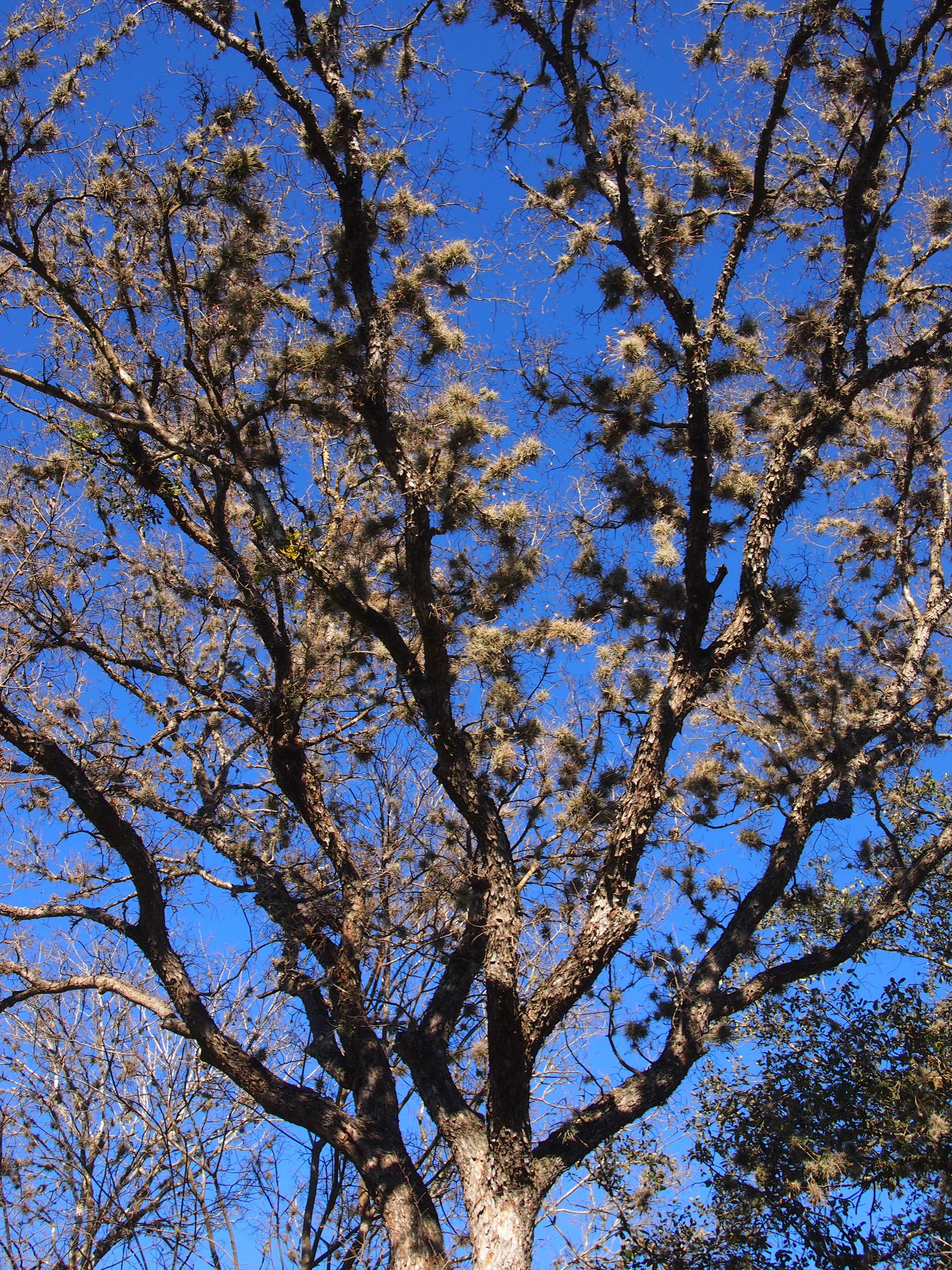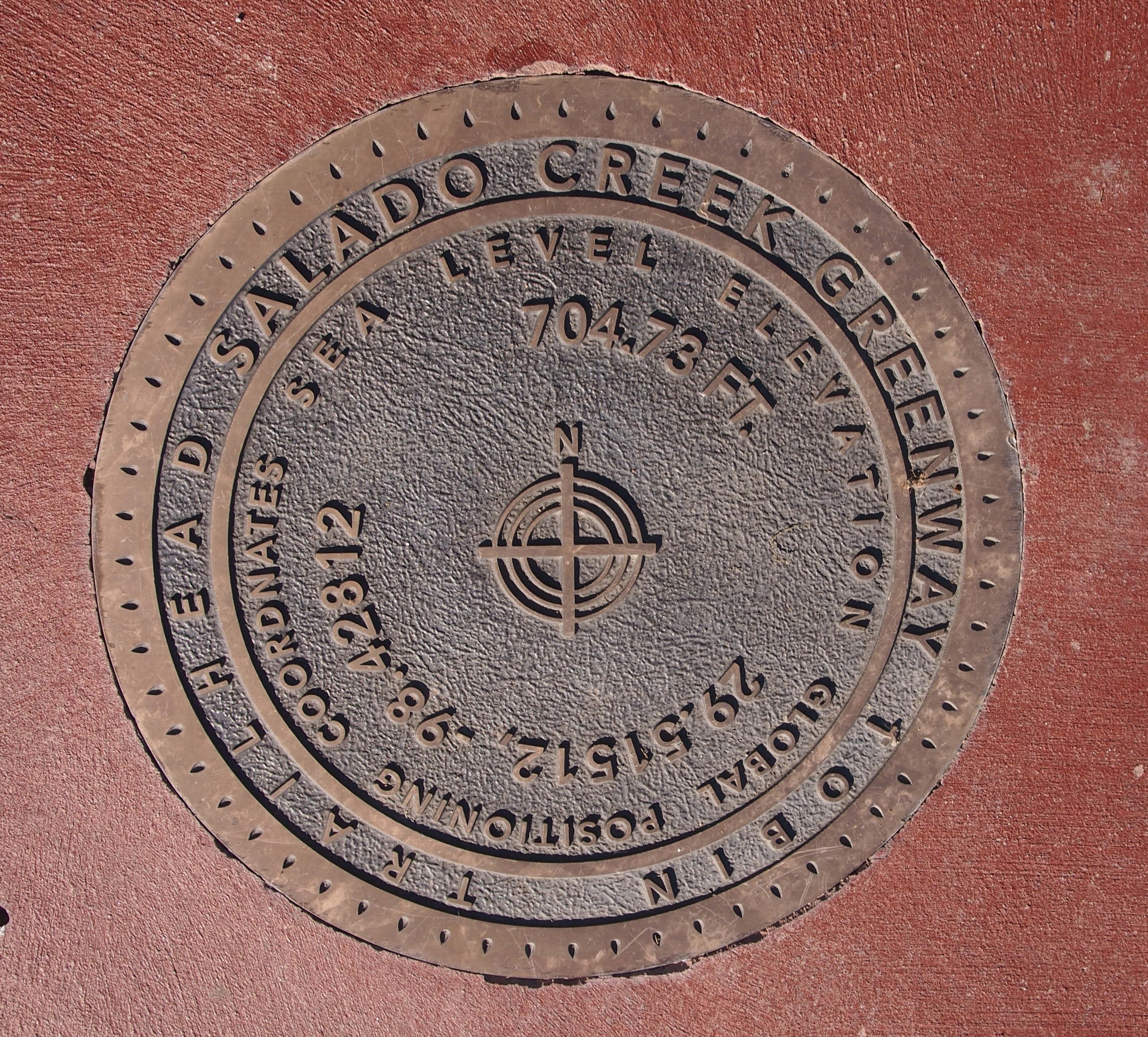I have a photo book holding a scattering of images made when my family lived in Denton, Texas, which was from 1965 to ’68. There are perhaps two dozen pictures. Photos were only made on special occasions, such as my birthday or when family visited from out of town.
Three of the pictures are of the Denton High School band, of which my brother Jay was a member, marching down Hickory St., which is the street our house was on, in 1967. The edge of the photos says Aug 69, but that only means we didn’t get around to developing the film for almost two years.
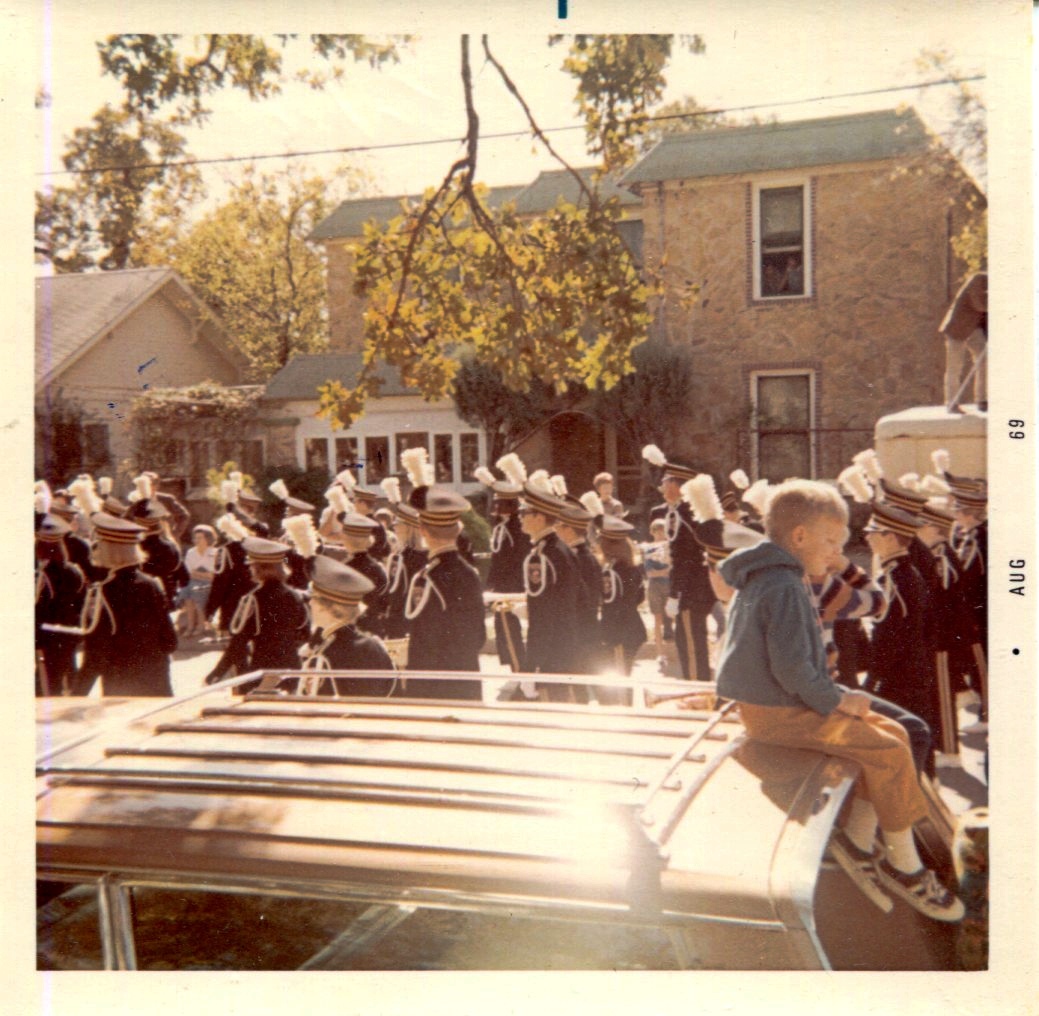
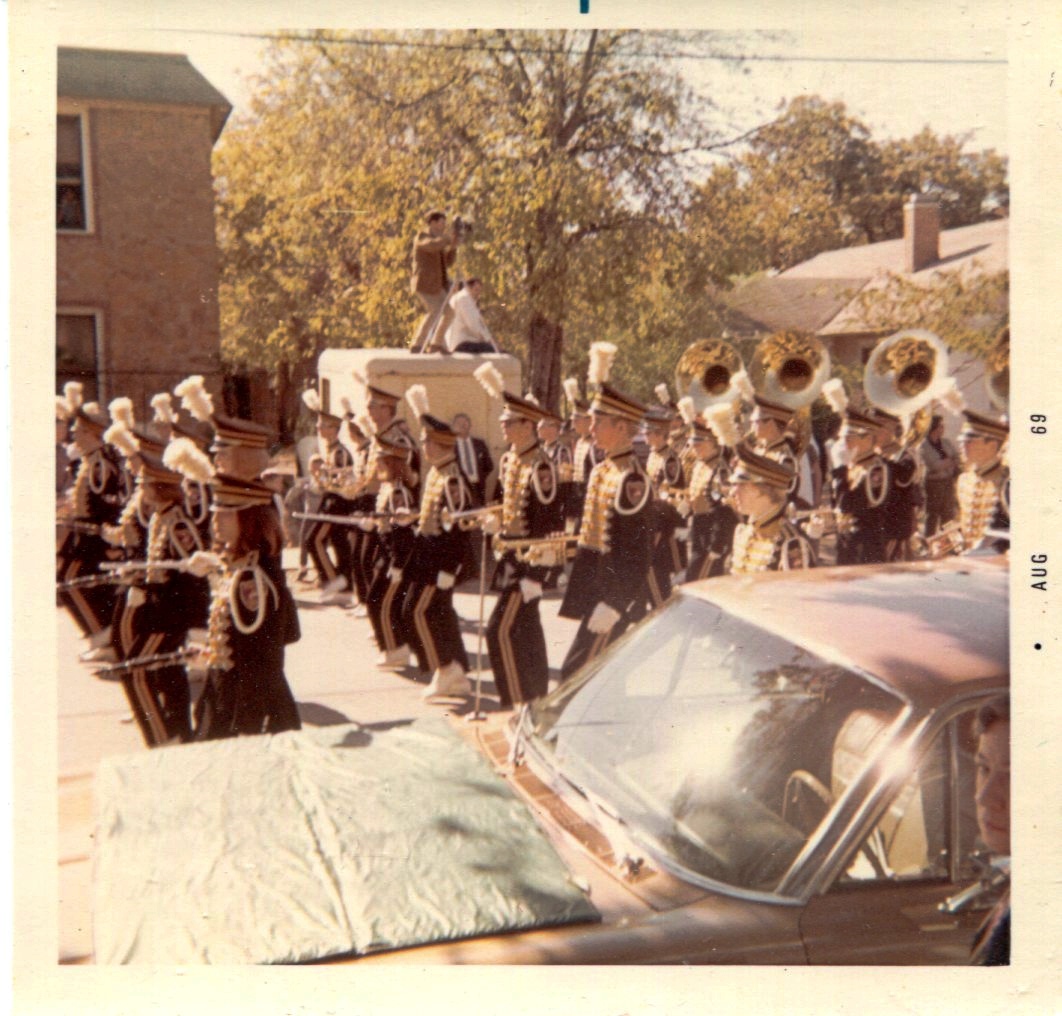
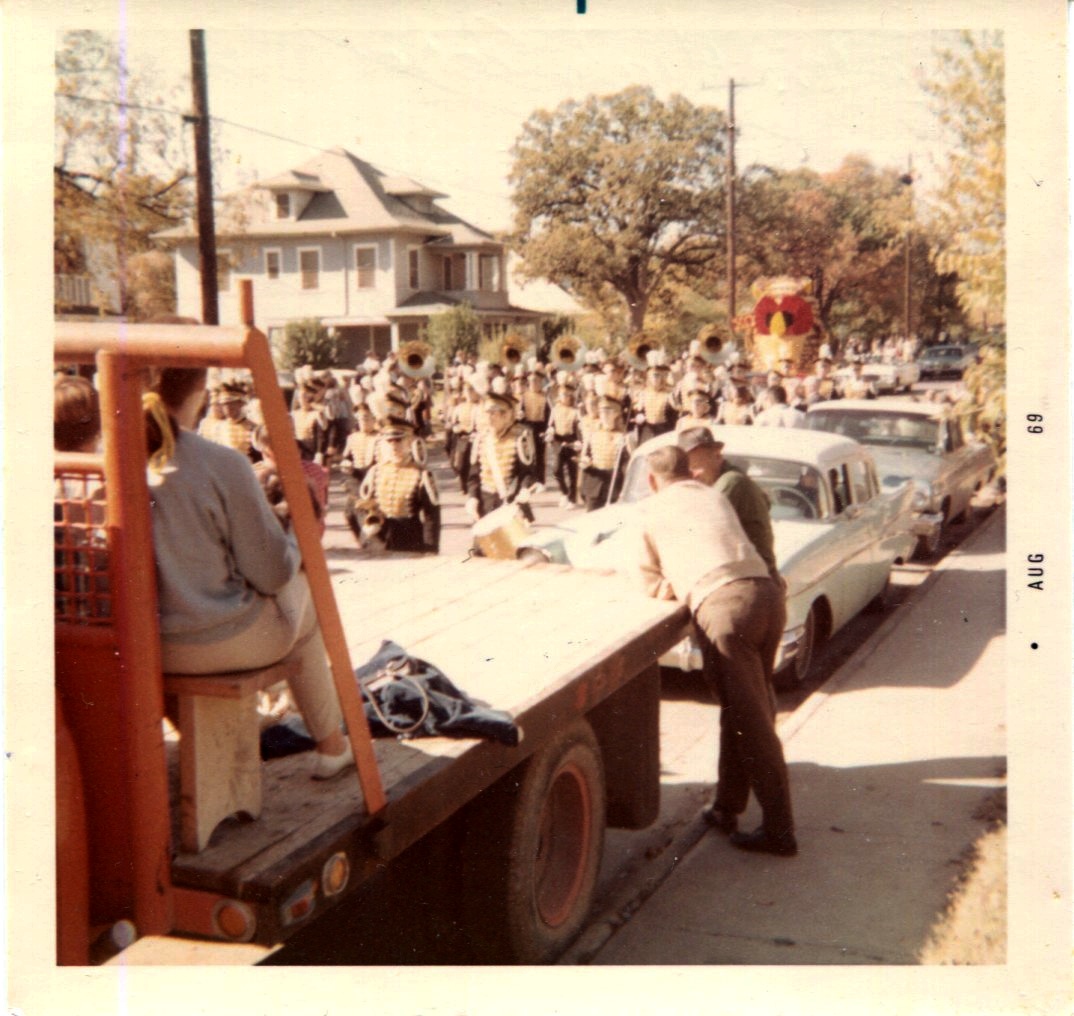 That is not me sitting on a car in the first image. My mother must have taken the shots with our Instamatic 104, since I don’t think she would have been interested in fiddling with the more complicated cameras that my father left behind. Provided we had our Instamatic by then, which seems likely.
That is not me sitting on a car in the first image. My mother must have taken the shots with our Instamatic 104, since I don’t think she would have been interested in fiddling with the more complicated cameras that my father left behind. Provided we had our Instamatic by then, which seems likely.
She stood on the sidewalk on Hickory St., probably near its intersection with Denton St.
At least, the angle of the third picture makes me think that’s where she stood. One the houses not far west of that point is still there, though deeper blue.
I must have watched the parade, but I have no memory of it. At the time I was six, and had just started first grade at Sam Houston Elementary School in Denton. I walked to school, so it wasn’t far away. There’s a school of that name still in the Denton ISD, but it’s far from where we lived and has a late 20th century look to it.
Thinking about it now, I suspect the school I went to was already old when I went there — maybe built in the ’20s to update whatever rudimentary facilities the town had before that. I expect the building I knew is long gone.
Also: here’s the house where we lived. The house is a different color now, but the enormous tree is still in the front yard! It seemed so vast to my boyhood self. Then again, it is pretty big. An old maple that produced huge leaves. Or was it an oak that produced huge acorns? Both kinds of trees were in the neighborhood and I would collect their scatterings.
I digress. Why was there a parade on that day in Denton, Texas? One possibility is that it was part of the September 13 publicity celebration for the regional premiere of Bonnie and Clyde, which was at a movie theater near the courthouse, only a few blocks to the east of where we lived. Parts of the movie were filmed in North Texas, near Denton, in places that could easily pass for 30 years earlier. The University of North Texas published an article a few years ago about the filming and the regional premiere.
Some of the stars of the movie rode in a small motorcade down Hickory to the courthouse square, and naturally the high school band had to be part of it. If my mother took any pictures of the movie stars, they’ve been lost. But I seriously doubt she did. Taking pictures of her son’s band is one thing, but actors in a movie (I suspect) she had no interest in seeing? Naah.
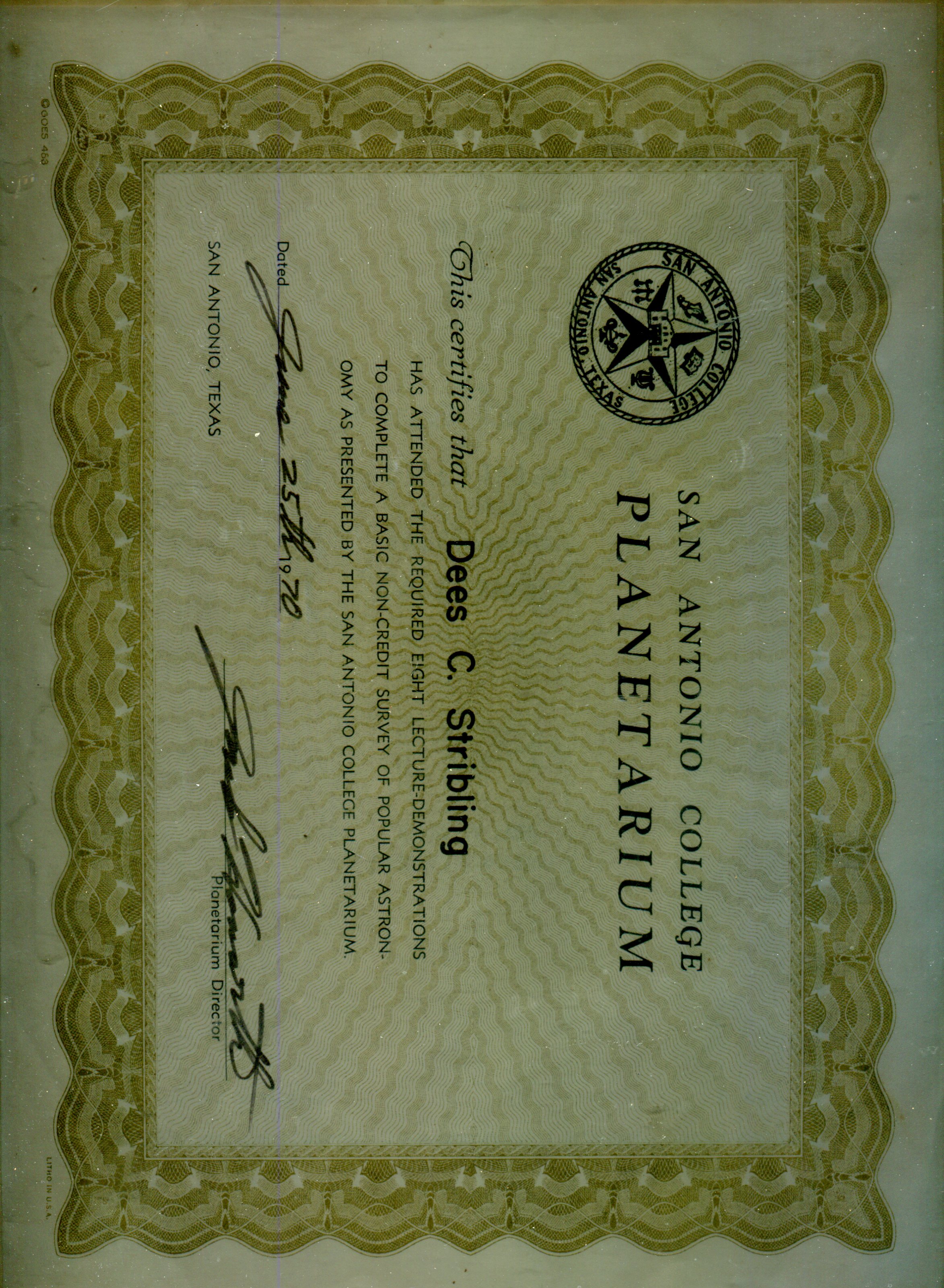
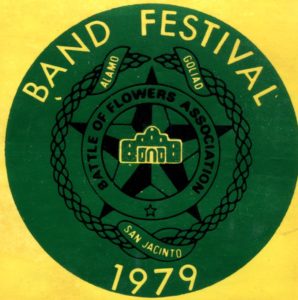
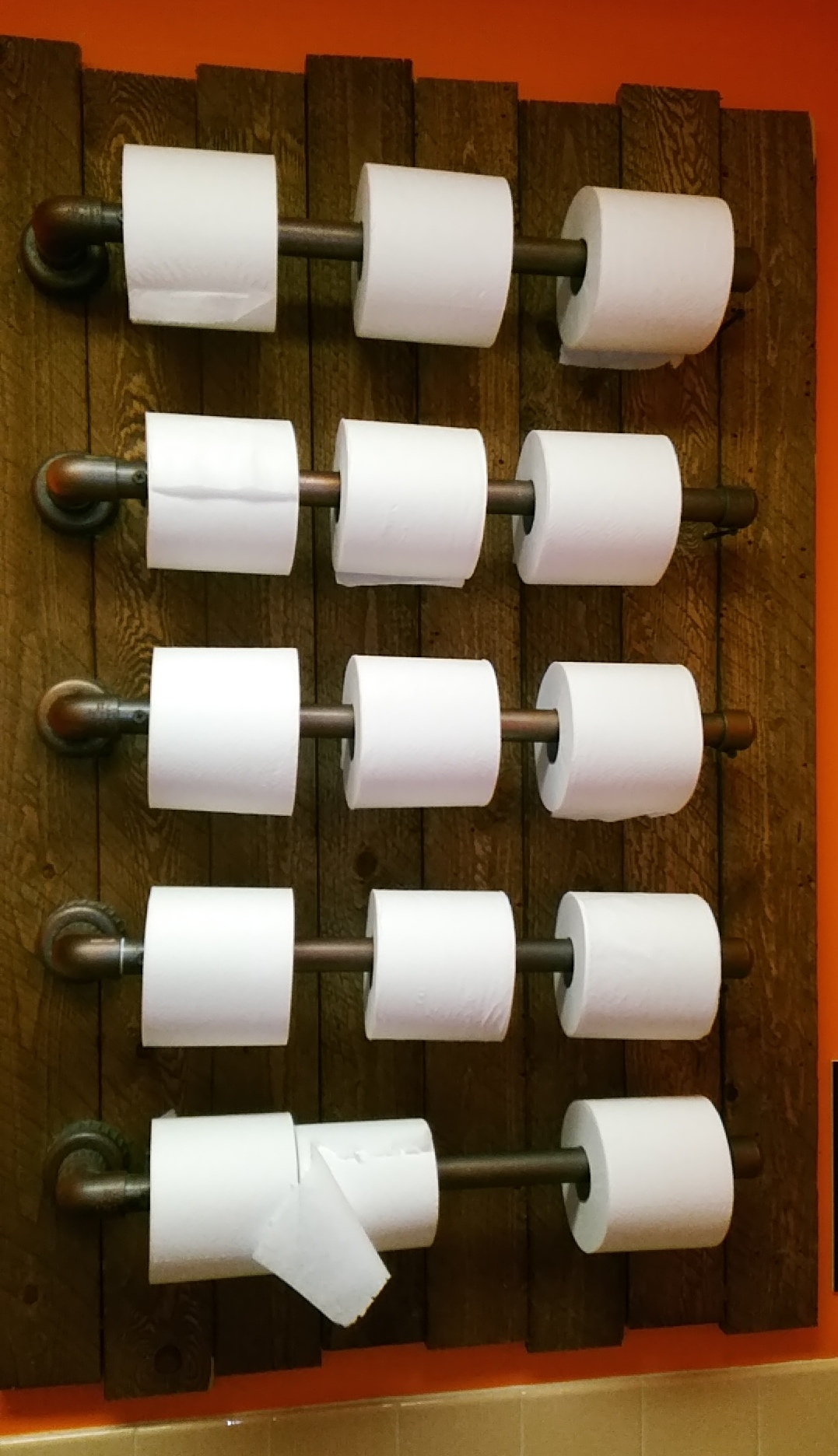

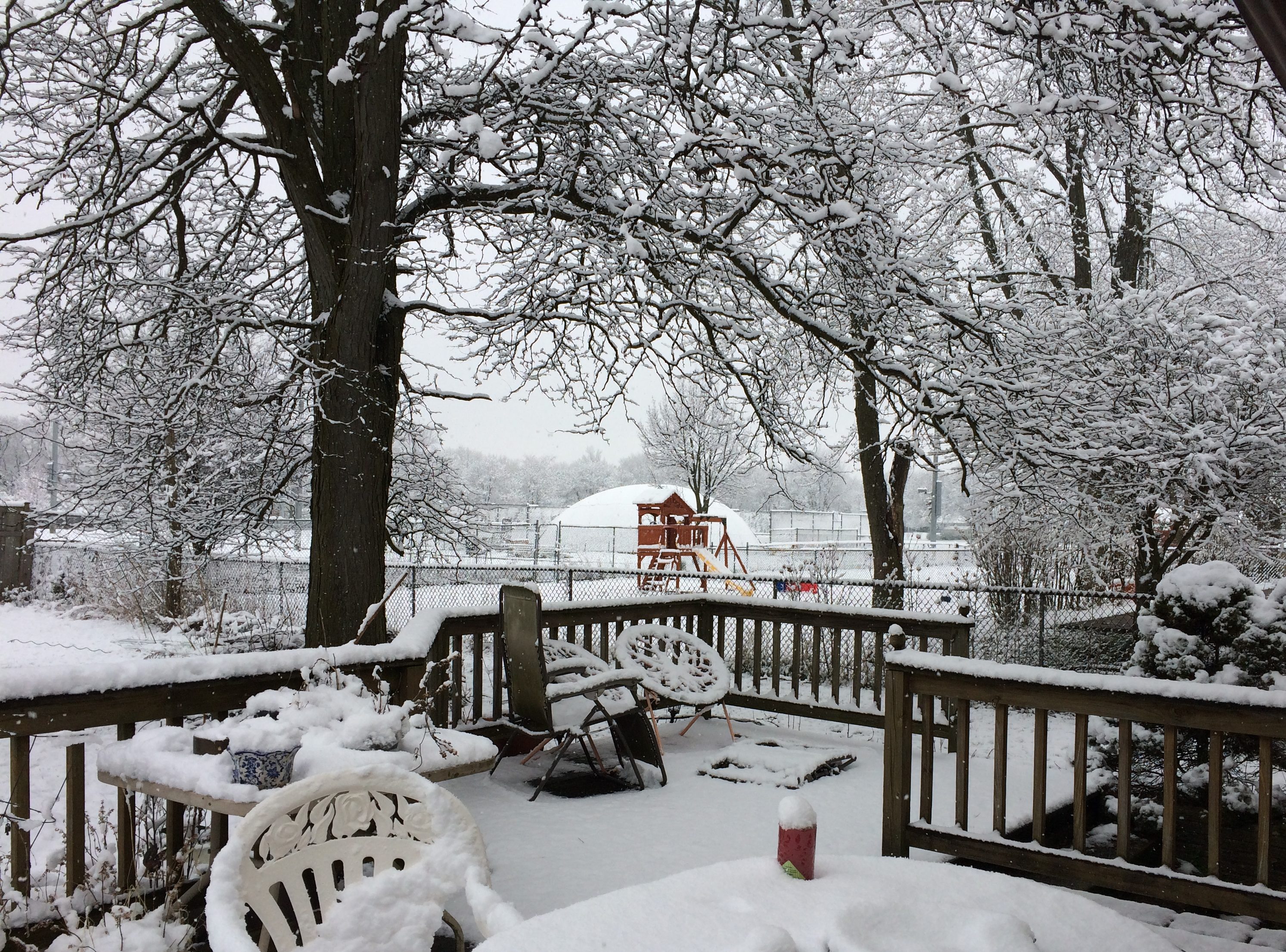
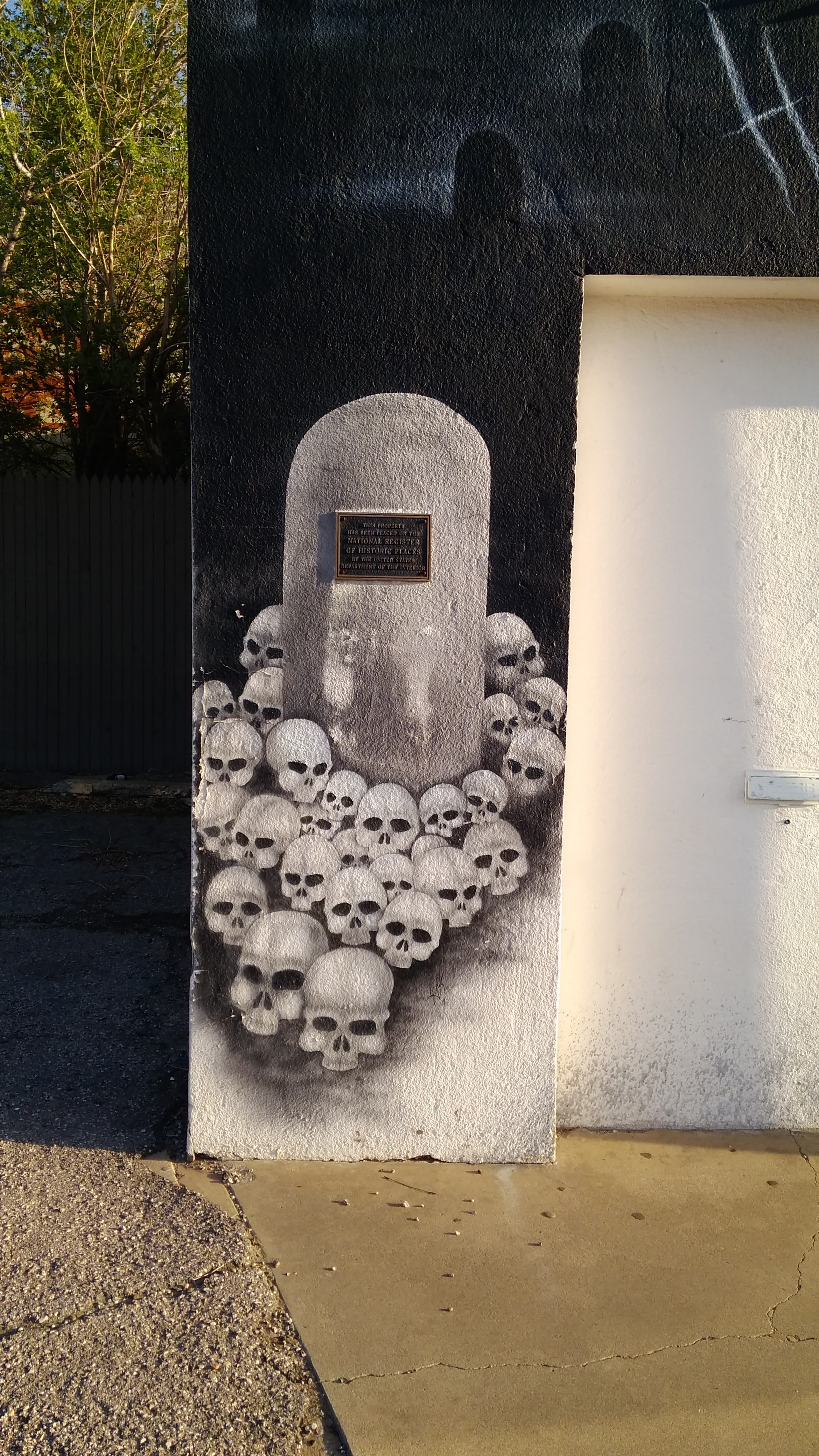


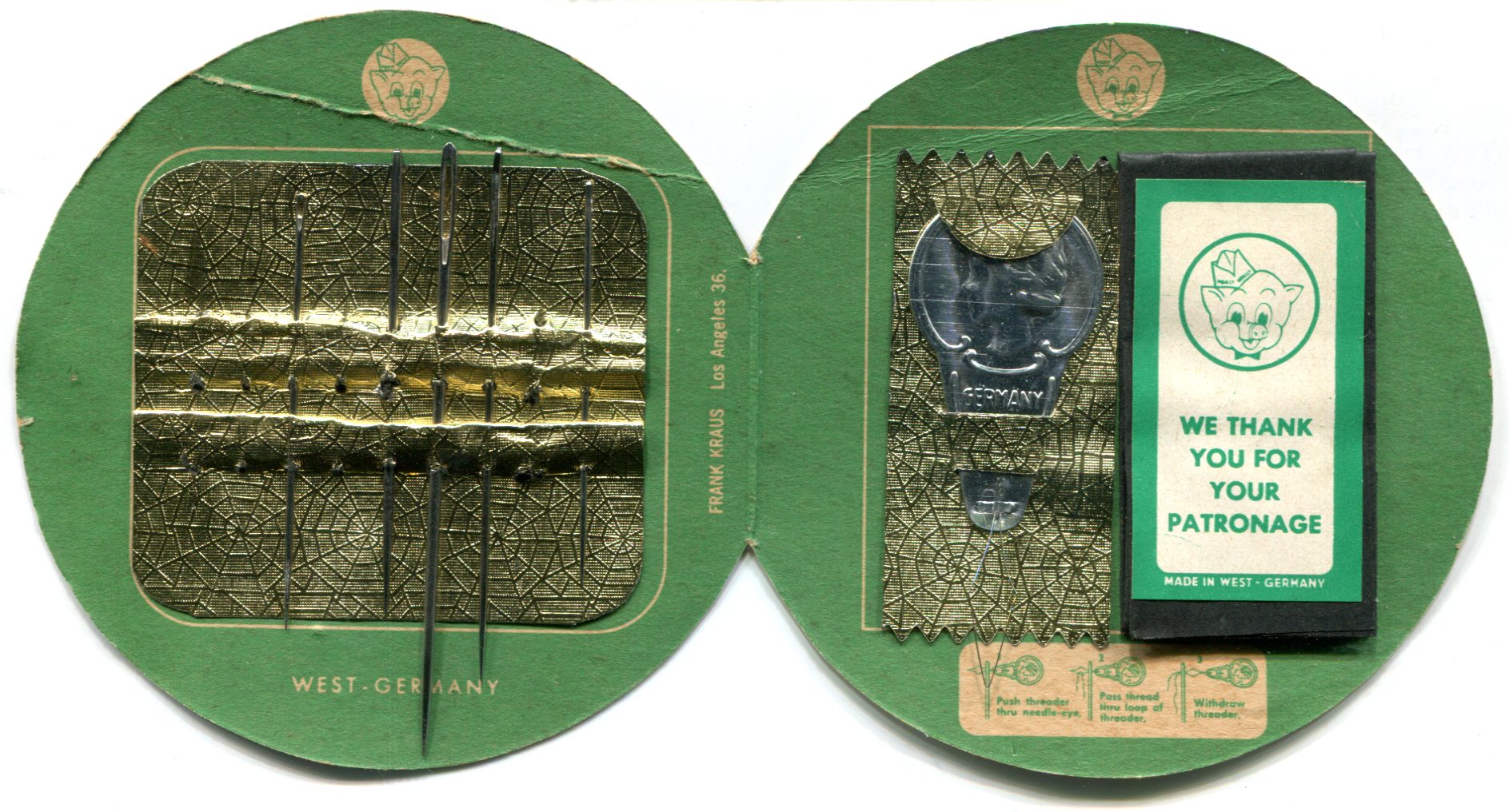 My guess is that my grandmother picked it up at a San Antonio Piggly Wiggly in the 1950s, early ’60s at the latest. Most of the time I believe she shopped at the nearby Handy-Andy in Alamo Heights, but she must have occasionally patronized Piggly Wiggly, which existed in South Texas at the time (but no more: HEB is king in that part of the country).
My guess is that my grandmother picked it up at a San Antonio Piggly Wiggly in the 1950s, early ’60s at the latest. Most of the time I believe she shopped at the nearby Handy-Andy in Alamo Heights, but she must have occasionally patronized Piggly Wiggly, which existed in South Texas at the time (but no more: HEB is king in that part of the country).